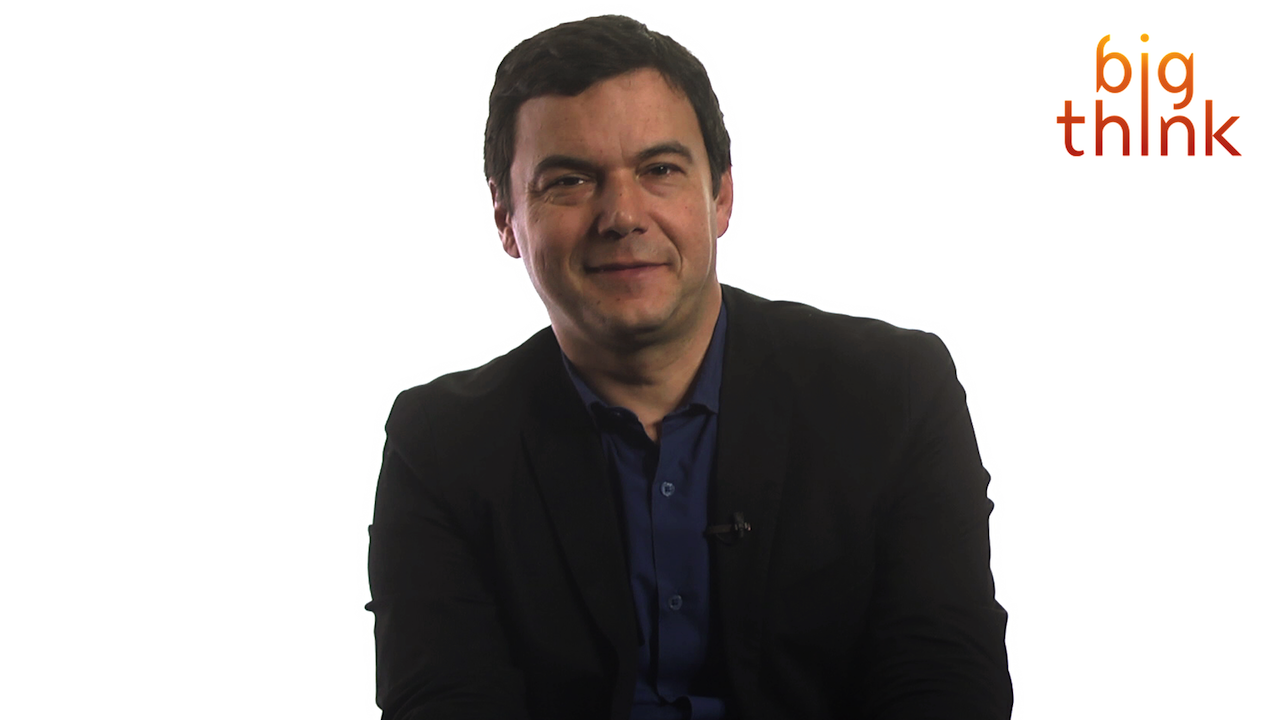Higher and more equitable growth in the United States requires more public support for higher education, argues economist and best-selling author Thomas Piketty. Changes are necessary for the stark reality of higher education to match the purported American values of meritocracy, hard work, and equal opportunity/mobility. If we really want to promote these things, says Piketty, we need to do something about student debt.
Thomas Piketty: So, the amount of household debt and even more recently of student debt in the U.S. is something that is really troublesome and it reflects the very large rise in tuition in the U.S. a very large inequality in access to education. And I think if we really want to promote more equal opportunity and redistribute chances in access to education, we should do something about student debt. And it's not possible to have such a large group of the population entering the labor force with such a big debt behind them. This exemplifies a particular problem with inequality in the United States, which is very high inequality and access to higher education. So in other countries in the developed world you don't have such massive student debt because you have more public support to higher education. And I think the plan that was proposed earlier this year in 2015 by President Obama to increase public funding to public universities and community college is exactly justified.
This is really the key for higher growth in the future and also for a more equitable growth. There's one statistic, which I give in my book, which is a bit frightening, which is that if you look at the average income of the parents of Harvard University graduate students right now, what you get is the equivalent of the average income of the top 2 percent of the U.S. distribution of family income. So this doesn't mean that there's nobody from below the top 2 percent that gets into Harvard, but this means something very precise, which is that people from below the top two that make it to Harvard are sufficiently few. And the people who come from the top two come from sufficiently high within the top two, that the overall average is as if all students had been picked from within the top 2 percent of the distribution of U.S. family income.
So this is an example which shows that you have the official discourse about meritocracy, equal opportunity and mobility, and then you have the reality. And the gap between the two can be quite troublesome. So this is like you have a problem like this and there's a lot of hypocrisy about meritocracy in every country, not only in the U.S., but there is evidence suggesting that this has become particularly extreme in the United States. And of course, student debt at the other extreme of the distribution is the other side of the coin. So this is a situation that is very troublesome and should rank very highly in the policy agenda in the future in the U.S.





